
Table of content
- TL;DR
- Introduction
- Understanding Authentication
- Understanding Authorization
- The Symbiotic Relationship
- Best Practices for Robust Security
- Emerging Technologies
- Future Trends
- Conclusion
TL;DR
Authentication and authorization are vital components of cybersecurity that work together to protect digital assets and control access to sensitive information. Authentication verifies the identity of users or entities attempting to access resources, while authorization determines the actions they are allowed to perform. Various methods and types of authentication and authorization provide a layered approach to security, ensuring that only authorized individuals can access critical data and functionalities.
Introduction
In the ever-expanding digital landscape, where our lives are intricately interwoven with online interactions, the pillars of authentication and authorization stand as sentinels guarding the gates to our digital existence. These two concepts, often used interchangeably but inherently distinct, are the cornerstones of modern cybersecurity. They ensure that only the right individuals access the right resources, keeping sensitive information secure and mitigating the risks of data breaches.
Understanding Authentication
Authentication is the digital equivalent of verifying your identity before entering a restricted area. It’s your virtual ID card, ensuring you are who you claim to be. The methods used to achieve this vary:
- Password-based authentication: The traditional username and password combo. Though convenient, it’s vulnerable to breaches if not managed properly.
- Multi-factor authentication (MFA): Adds an extra layer of security by requiring multiple forms of verification, such as a code sent to your phone.
- Biometric authentication: Your fingerprint, face, or iris becomes your key, harder to replicate than a password.
- Token-based authentication: Common in two-factor authentication, where you have a physical or digital token providing access.
However, challenges persist. Weak passwords, social engineering, and phishing attacks can compromise even the strongest authentication methods.
If you want to know more about Authentication, you may check out our previously published article on What is Authentication?.
Understanding Authorization
Authorization takes the baton from authentication, determining what authenticated users can and cannot do. It’s akin to granting specific access levels in a secure facility:
- Role-based authorization: Users are assigned roles, each with a predefined set of permissions. Think of it as different clearance levels.
- Attribute-based access control (ABAC): Access is granted based on attributes like job title, time of day, or location.
Mismanaging authorization can lead to over-authorization, where users have more access than necessary, or under-authorization, restricting productivity.
If you want to know more about Authorization, you may check out our previously published article on What is Authorization?.
The Symbiotic Relationship
Authentication and authorization are like partners in a security dance. They team up to ensure that the right people get the right access.
To avoid confusion, let’s clarify the distinction between authorization and authentication. Authentication verifies a user’s identity using credentials like passwords or biometrics. Once authenticated, the user’s identity is established. Authorization, on the other hand, takes this a step further by determining what the authenticated user is allowed to do within the system.
For instance, consider online banking: Authentication confirms you’re the account holder (through your credentials), and authorization allows you to view balances but denies you the ability to modify transactions without further verification.
Best Practices for Robust Security
To harness the full potential of authentication and authorization, follow these best practices:
- Defense-in-depth strategy: Employ multiple layers of security.
- Regular updates: Keep up with evolving authentication methods.
- Principle of least privilege: Grant only the necessary access.
- User education: Teach users to identify and counter phishing attempts.
Emerging Technologies
The landscape is ever-evolving, and so are security measures:
- Zero-trust security model: Trust no one, not even authenticated users.
- Blockchain-based authentication: Immutable records for rock-solid identities.
- Continuous authentication: Monitoring users during sessions for any anomalies.
- AI and machine learning: Detecting patterns to identify potential threats.
Future Trends
The future holds exciting possibilities:
- Biometric advancements: Enhanced accuracy and security.
- Passwordless authentication: Moving beyond traditional passwords.
- Context-aware authorization: Granting access based on dynamic factors.
- IoT integration: Extending security to connected devices.
Conclusion
Authentication and authorization form the bedrock of digital security. They stand as the digital gatekeepers, enabling us to navigate the digital realm with confidence. By understanding their intricacies and implementing best practices, we empower ourselves against the ever-persistent threat landscape. As technology evolves, so will our methods of protection. The journey to fortify our digital lives continues, driven by the quest for a safer, more secure digital future.
Remember, in the world of digital access, authentication opens the door, but authorization decides who gets to step inside and what they’re allowed to do once they’re in.